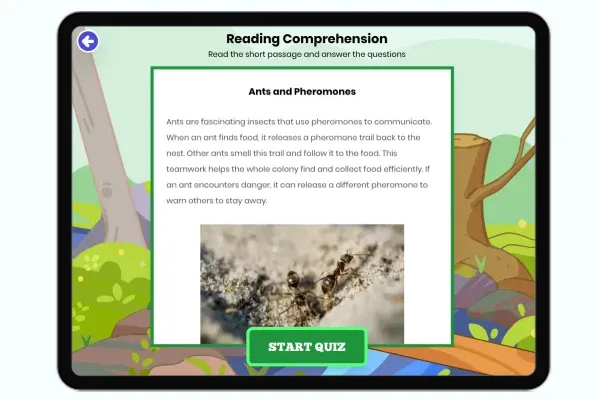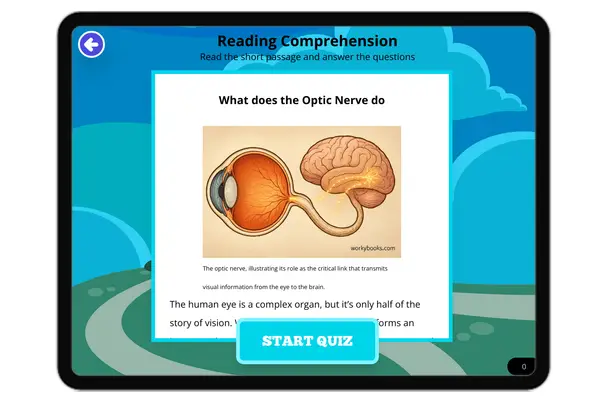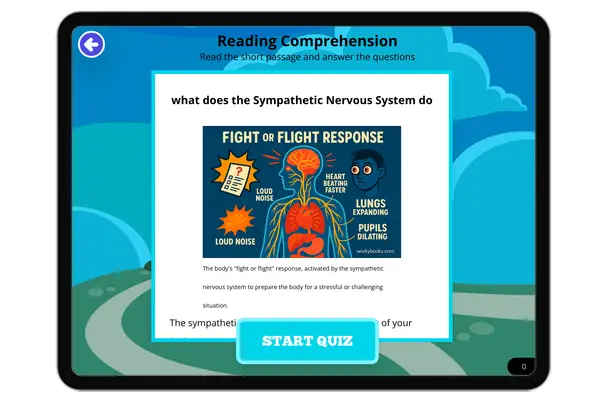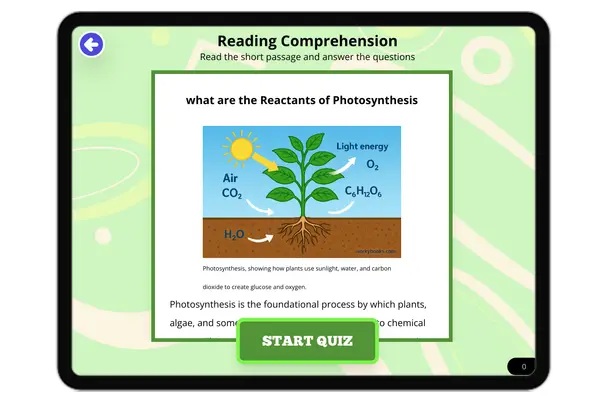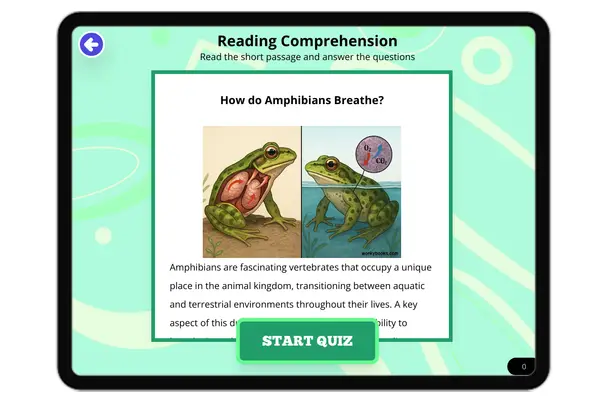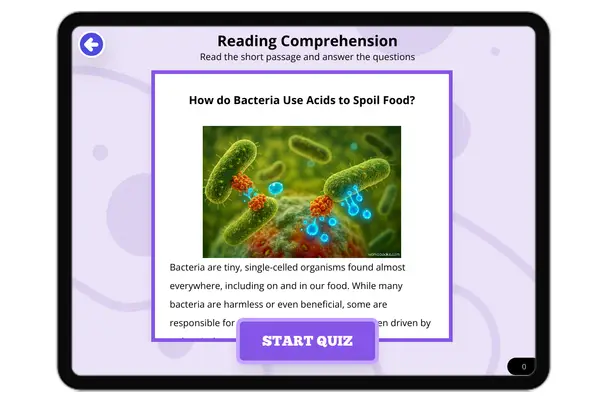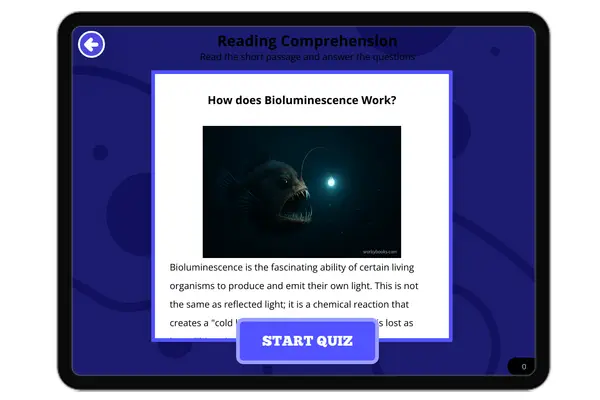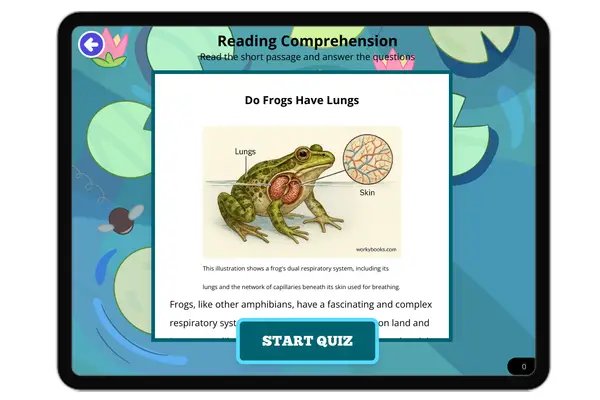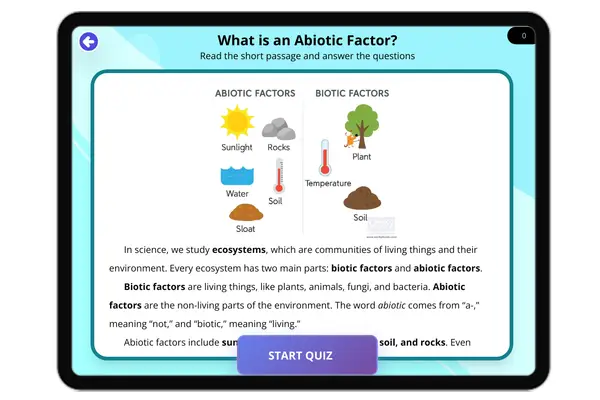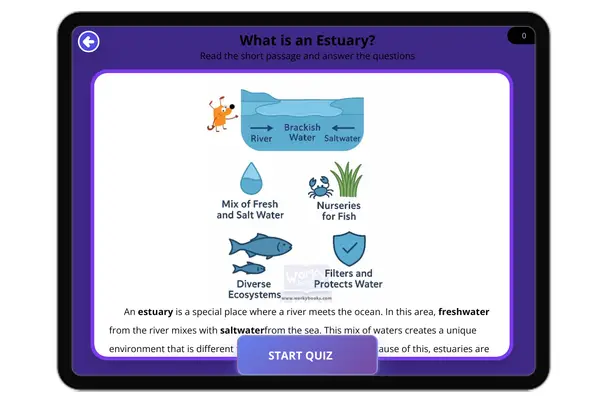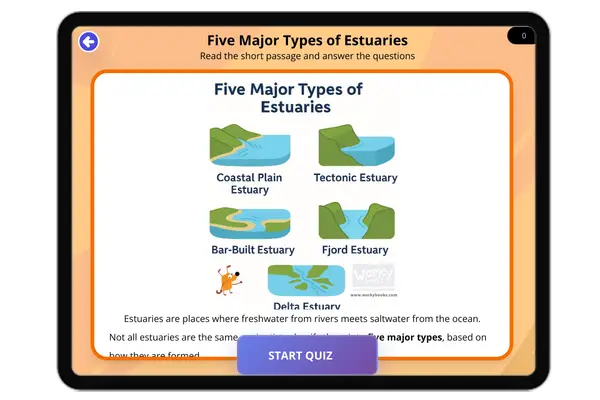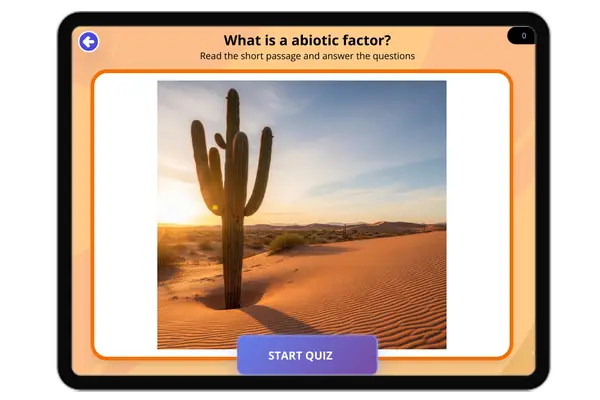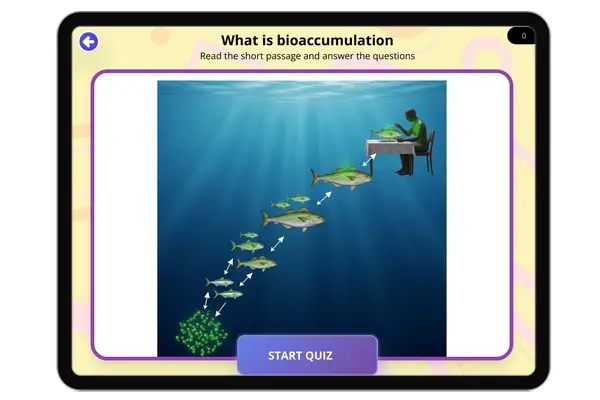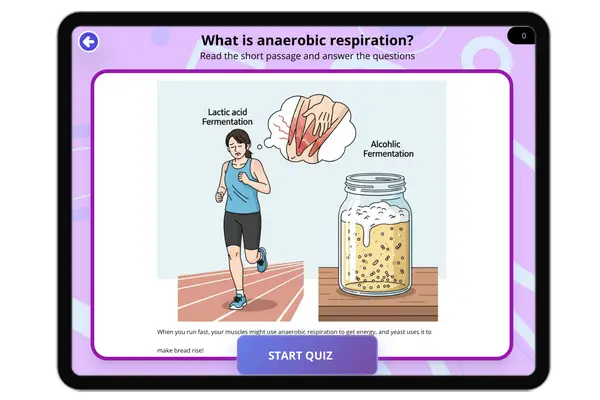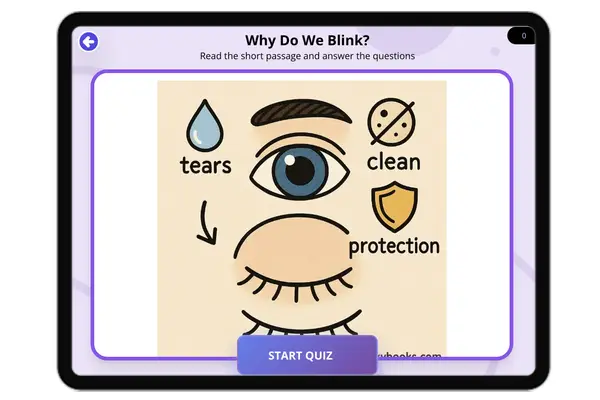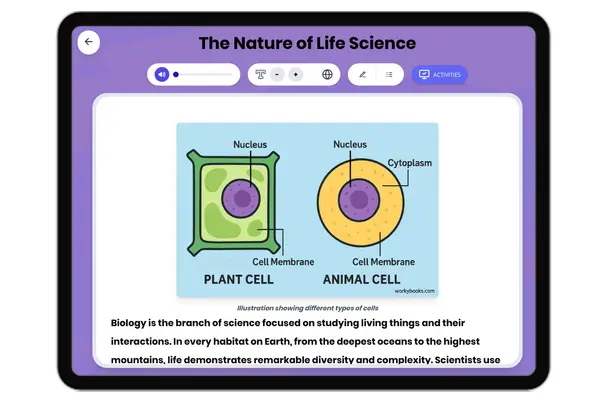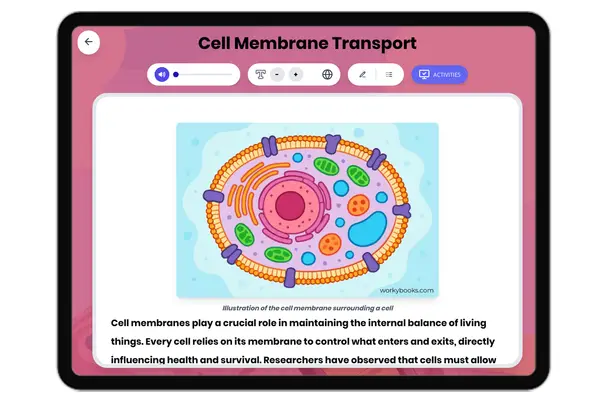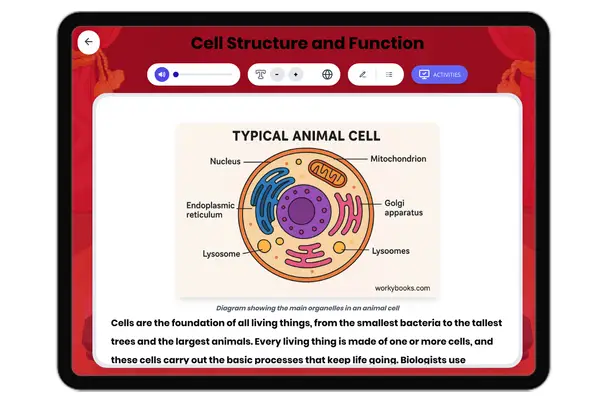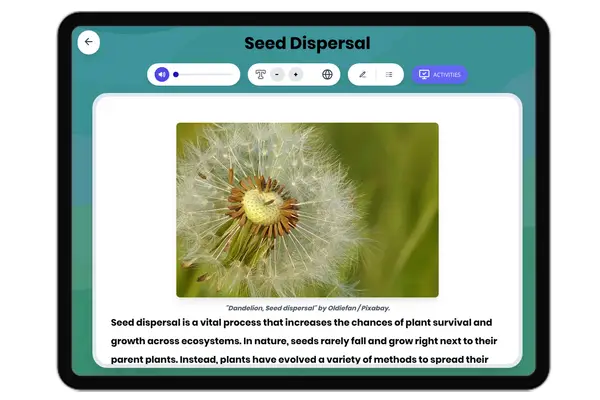Molecules to Organisms Reading Passages
Reading Results
Ants and Pheromones
This quiz is designed for 2nd and 3rd grade students to test their understanding of how ants communicate using pheromone...
RI.3.1RI.2.1
Mole's Digging
This passage addresses NGSS K-ESS2-2 by showing how moles unintentionally create beneficial environmental changes. Stude...
ESS2-2RL.1.1
What Would Happen If Bees Went Extinct?
This passage examines the potential consequences of bee extinction, perfectly aligned with NGSS standard MS-LS2-4 on eco...
MS-LS2-4RI.6.3RI.7.3RI.8.8
What does the Optic Nerve Do
"This reading passage explores the crucial role of the optic nerve in human vision, a core concept in life science for m...
What does the Sympathetic Nervous System do
"This science passage provides a clear, comprehensive overview of the sympathetic nervous system and its role in the 'fi...
What are the Reactants of Photosynthesis
"This science reading passage provides a comprehensive overview of photosynthesis, tailored for middle school students. ...
How do Amphibians Breathe?
This comprehensive science passage, suitable for middle school students, explores the fascinating topic of amphibian res...
How do Bacteria Use Acids to Spoil Food?
"This science reading passage, titled 'How Bacteria Use Acids to Spoil Food,' is designed for middle school students to ...
How does Bioluminescence Work?
"This middle school science passage provides a comprehensive overview of bioluminescence, a fascinating natural phenomen...
Do Frogs Have Lungs
"This comprehensive reading passage explains the fascinating respiratory system of frogs and other amphibians. It detail...
What is an Abiotic Factor?
This audio integrated reading passage explains abiotic factors for 4th-grade students in clear, simple terms. Students w...
What is an Estuary?
This science passage introduces students to estuaries, unique ecosystems where freshwater and saltwater meet. Students l...
Five Major Types of Estuaries
This audio integrated reading passage teaches students about the five major types of estuaries: coastal plain, tectonic,...
Biotic and Abiotic Factors
This educational reading passage, designed for 4th-grade students, introduces the concept of abiotic factors in an ecosy...
What is Bioaccumulation
This engaging 4th-grade science reading passage, with audio integration, introduces students to the important ecological...
What is Anaerobic Respiration?
This audio-integrated reading passage is designed for 4th-grade students to learn about the fascinating process of anaer...
Why Do We Blink?
This educational reading passage, "The Science of Blinking," is designed for a 4th-grade audience to explain the simple ...
The Cytoplasm: The Cell's Inner World
This reading passage, on the Cytoplasm is designed for middle school students and aligns with the NGSS standard MS-LS1-2...
The Nature of Life Science
This passage, aligned with NGSS MS-LS1-1, introduces students in grades 6-8 to the foundational concepts of life science...
MS-LS1-1
Cell Membrane Transport
This middle school science reading passage explores how cell membranes regulate the movement of substances in and out of...
MS-LS1-2
Cell Structure and Function
This middle school science passage introduces the fundamental concept that cells are the basic unit of life, aligned wit...
MS-LS1-1MS-LS1-2


